Products
-
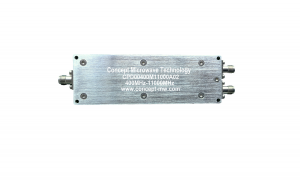
2 Way SMA Wilkinson Power Divider From 400MHz-11000MHz
1. Operating from 0.4GHz to 11GHz 2 Way Power Divider and Combiner
2. Good Price and Excellent Performances, NO MOQ
3. Applications For Communications Systems,Amplifier Systems,Aviation/Aerospace and Defense
-

2 Way SMA Wilkinson Power Divider From 500MHz-6000MHz
1. Operating from 0.5GHz to 6GHz 2 Way Power Divider and Combiner
2. Good Price and Excellent Performances, NO MOQ
3. Applications For Communications Systems,Amplifier Systems,Aviation/Aerospace and Defense
-
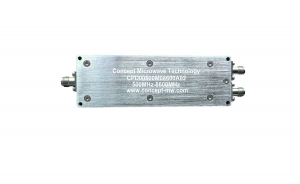
2 Way SMA Wilkinson Power Divider From 500MHz-8600MHz
1. Operating from 0.5GHz to 8.6GHz 2 Way Power Divider and Combiner
2. Good Price and Excellent Performances, NO MOQ
3. Applications For Communications Systems,Amplifier Systems,Aviation/Aerospace and Defense
-
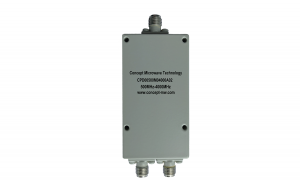
2 Way SMA Wilkinson Power Divider From 500MHz-4000MHz
1. Operating from 0.5GHz to 4GHz 2 Way Power Divider and Combiner
2. Good Price and Excellent Performances, NO MOQ
3. Applications For Communications Systems,Amplifier Systems,Aviation/Aerospace and Defense
-

2 Way SMA Wilkinson Power Divider From 500MHz-8000MHz
1. Operating from 0.5GHz to 8GHz 2 Way Power Divider and Combiner
2. Good Price and Excellent Performances, NO MOQ
3. Applications For Communications Systems,Amplifier Systems,Aviation/Aerospace and Defense
-
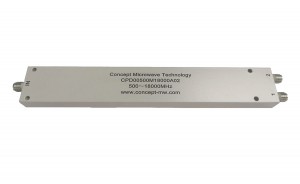
2 Way SMA Wilkinson Power Divider From 500MHz-18000MHz
1. Operating from 0.5GHz to 18GHz 2 Way Power Divider and Combiner
2. Good Price and Excellent Performances, NO MOQ
3. Applications For Communications Systems,Amplifier Systems,Aviation/Aerospace and Defense
-
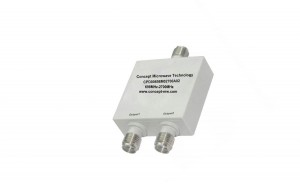
2 Way SMA Wilkinson Power Divider From 698-2700MHz
1. Operating from 6.98GHz to 2.7GHz 2 Way Power Divider and Combiner
2. Good Price and Excellent Performances, NO MOQ
3. Applications For Communications Systems,Amplifier Systems,Aviation/Aerospace and Defense
-
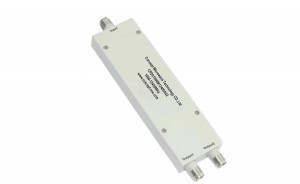
2 Way SMA Wilkinson Power Divider From 1000-12400MHz
1. Operating from 1GHz to 12.4GHz 2 Way Power Divider and Combiner
2. Good Price and Excellent Performances, NO MOQ
3. Applications For Communications Systems,Amplifier Systems,Aviation/Aerospace and Defense
-
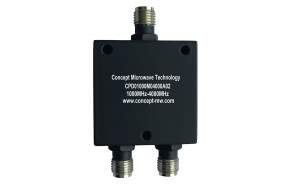
2 Way SMA Wilkinson Power Divider From 1000MHz-4000MHz
1. Operating from 1GHz to 4GHz 2 Way Power Divider and Combiner
2. Good Price and Excellent Performances, NO MOQ
3. Applications For Communications Systems,Amplifier Systems,Aviation/Aerospace and Defense
-
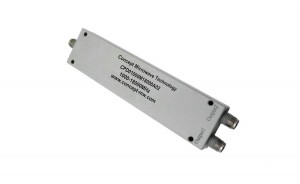
2 Way SMA Wilkinson Power Divider From 1000-18000MHz
1. Operating from 1GHz to 18GHz 2 Way Power Divider and Combiner
2. Good Price and Excellent Performances, NO MOQ
3. Applications For Communications Systems,Amplifier Systems,Aviation/Aerospace and Defense
-
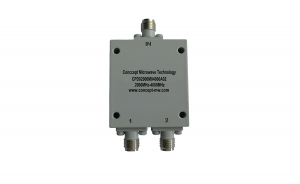
2 Way SMA Wilkinson Power Divider From 2000MHz-4000MHz
1. Operating from 2GHz to 4GHz 2 Way Power Divider and Combiner
2. Good Price and Excellent Performances, NO MOQ
3. Applications For Communications Systems,Amplifier Systems,Aviation/Aerospace and Defense
-
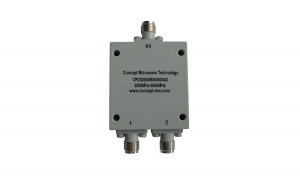
2 Way SMA Wilkinson Power Divider From 2000MHz-6000MHz
1. Operating from 2GHz to 6GHz 2 Way Power Divider and Combiner
2. Good Price and Excellent Performances, NO MOQ
3. Applications For Communications Systems,Amplifier Systems,Aviation/Aerospace and Defense
